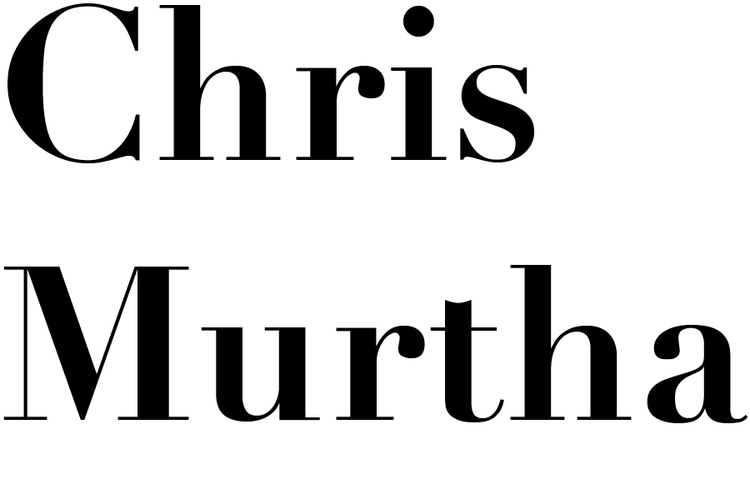Robert Breer's Osaka I (1970) in MoMA's Sculpture Garden, July 2018. Photo: Chris Murtha
The subtlety of Robert Breer’s whimsical Osaka I, which is currently on view in the Museum of Modern Art’s Sculpture Garden, stands in contrast to most kinetic art. Powered by car batteries—a nice nod to the artist’s father who was an engineer for Chrysler—the sculpture moves at a rate of 2 ½ feet per minute. Slow enough to go unnoticed. That is until you walk away and return to find it several feet from where you swear it was just standing.
Having noticed that, you stop to look at the sculpture—one of what the artist called “floats” or “motorized mollusks.” Staring at it, your eyes start to blur and your head gets a little funny because it’s subtle enough to make you question your vision and memory. It’s like trying to see the moon move.
A woman sitting in a nearby chair starts to get uncomfortable when she realizes she is sitting way too close to the art. “Wait,” she thinks, “is this art? And did I approach it or did it approach me?” To be safe, she moves to another seat. Several eons later, the giant white gumdrop nudges the woman’s former chair and politely reverses course—looking for other visitors to unseat or unsettle, silently menacing the garden.
Robert Breer's "floats" amid Nakaya Fujiko's fog sculpture, Pepsi Pavilion, Expo '70, Osaka, Japan.
After establishing himself as a filmmaker specializing in experimental abstract animations, Robert Breer (1926-2011) started producing motorized sculptures in 1964. Osaka I was initially exhibited at Expo '70 in Osaka, Japan, as one of seven "floats" installed outside the Pepsi Pavilion, which was organized by E.A.T. (Experiments in Art and Technology). Later that year, it was exhibited in MoMA’s Sculpture Garden (from August 20, 1970 to April 11, 1971) and was acquired by the museum in 1971. It currently finds itself roaming the garden again as part of the Peter Fischli-curated “If Everything Is Sculpture Why Make Sculpture?”
Robert Breer's Osaka I installed in MoMA's Sculpture Garden in 1970. Photo from MoMA's online archives.
Morsels are a series of brief texts—ruminations—on a single work of art.
